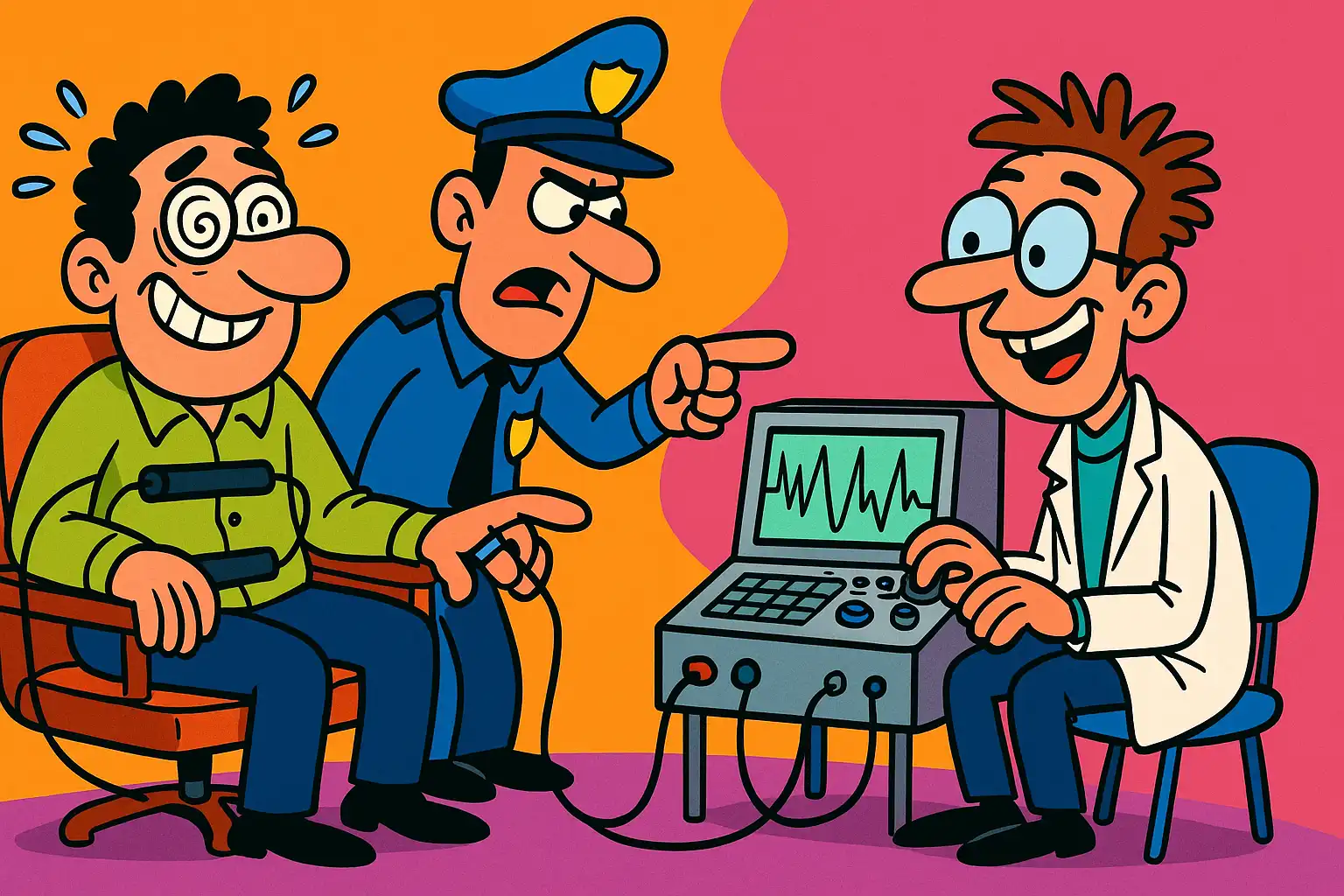Lie detectors, commonly referred to as polygraphs, have long captured the public’s fascination. They are often depicted in movies and television shows as infallible tools for revealing the truth. However, the science behind how these machines work is far more complex and nuanced than mere dramatization suggests. This article delves into the mechanisms of lie detectors, exploring their functions, limitations, and the physiological responses they measure.
How Lie Detectors Function
A polygraph measures several physiological indicators to assess whether a person is being truthful or deceptive. The primary indicators monitored include:
- Heart rate
- Blood pressure
- Respiration rate
- Galvanic skin response (sweat)
These indicators are believed to change when a person is under stress, which can occur during deception. For instance, when someone lies, they may experience increased heart rate or sweating, which the polygraph can detect.
The Polygraph Process
The process of taking a polygraph exam typically involves several stages:
- Pre-Test Interview: The examiner explains the process and asks the subject about their background and the questions that will be asked.
- Baseline Measurement: The subject is asked neutral questions to establish baseline physiological responses.
- Test Phase: The subject is asked relevant questions while the polygraph records their physiological responses.
- Post-Test Analysis: The examiner interprets the results to determine deception.
During the test phase, the examiner may ask a series of questions, some of which are control questions designed to evoke a standard physiological response. The polygraph collects data throughout, which is then analyzed to detect any significant changes in the subject’s physiological responses when they answer questions.
Physiological Responses Explained
The effectiveness of lie detectors hinges on the understanding of the physiological responses they measure. Here’s a brief overview of each component:
| Physiological Response | Description | Indicator of Deception |
|---|---|---|
| Heart Rate | Measurement of beats per minute | Increased heart rate may suggest stress |
| Blood Pressure | Pressure exerted by circulating blood on vessel walls | High blood pressure can indicate anxiety |
| Respiration Rate | The number of breaths taken per minute | Changes may indicate nervousness |
| Galvanic Skin Response | Measures electrical conductivity of the skin | Increased sweat can indicate stress |
Limitations and Controversies
While polygraphs are widely used in law enforcement and some employment screenings, their accuracy and reliability remain subjects of debate. Critics argue that physiological responses can vary from person to person and may not always correlate with deception. Factors such as nervousness, fear, or even medical conditions can lead to false positives, making it challenging for examiners to draw definitive conclusions.
In conclusion, while lie detectors provide an intriguing glimpse into the intersection of psychology and physiology, their application is not without flaws. Understanding how they work and their limitations can help individuals approach the results with a critical eye, recognizing that, ultimately, no technology can guarantee absolute truth.



